- Written by {ga=Andrew}
- Category: Features
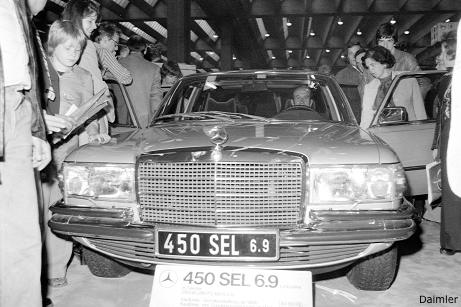 V8 Mercedes was the fastest saloon car of its day, a film star and a favourite of F1 drivers
V8 Mercedes was the fastest saloon car of its day, a film star and a favourite of F1 drivers
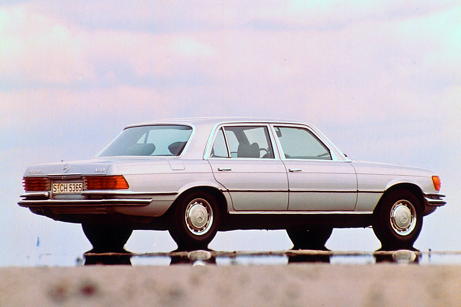
In the late 1970s the road car of choice for Formula 1 drivers was the Mercedes-Benz S-class, and their favourite model was one which combined the refinement for which the W116 S-class was justly renowned with pace that was extraordinary for such a comfortable and capacious car. That car was the Mercedes-Benz 450SEL 6.9.
Its roots lay in the mid-1950s when work started on a new Mercedes limousine, the 600, and an engine to power it. Technical chief Fritz Nallinger considered a V12, but with a sidelong look at the advanced V8s then emerging from Chrysler and General Motors in the USA, he opted instead for eight cylinders, with single overhead camshafts on each bank operating two valves per cylinder. The M100 V8 engine project began in February 1956 and the first prototype engines ran in 1959.
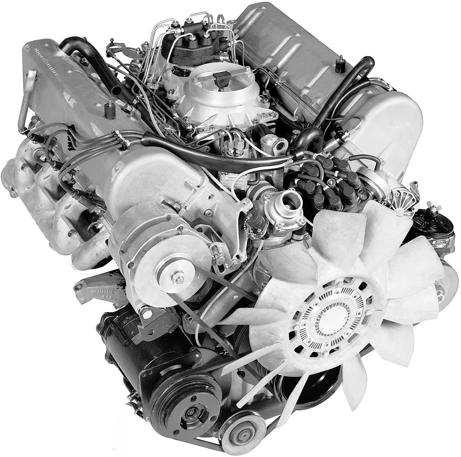
Though it was originally conceived as an all-alloy 5.0-litre the M100 grew as the 600 put on weight during development, and switched to an iron block to accommodate wider bores. Expanded to 5.8, 6.0 and finally 6.3-litres, it developed 250hp by the time the 600 was launched in 1964.
At the Geneva motor show in March 1968 Mercedes sprang a surprise by launching the 300 SEL 6.3, a W109 S-class with the 600's M100 engine and automatic transmission. It had started as a 'what if?' engineering project, almost a bit of fun, and had somehow bypassed the normally straight-laced Stuttgart bean counters and made it into production. Virtually indistinguishable from lesser S-class models - spotlamps and wider tyres were the giveaways - the 6.3 was considerably faster. It was also far more expensive, despite which Mercedes-Benz sold 6526 before production ended in 1972.
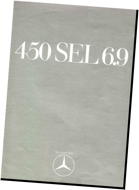 The 6.3's successor did not arrive immediately. At launch the W116 S-class range was topped by the 3.5-litre 350 SE, joined six months later by a 4.5-litre 450 SE and long-wheelbase 450 SEL. The new S-class models were notable for their attention to safety, in common with the R107 SL models launched the same year. As in the SL, the fuel tank was moved to a more protected position above the rear axle, and inside there was a padded dashboard with controls which were concealed or deformable. The four-spoke steering wheel was provided with a large impact-absorbing crash pad. A stronger roof and door pillars and reinforced doors made the safety cell more stable than in previous models, while the front and rear crumple zones were better able to absorb impacts. Subtler safety measures included dirt-rejecting rear lights, wraparound indicators and careful attention to guttering which kept the side windows clear in bad weather.
The 6.3's successor did not arrive immediately. At launch the W116 S-class range was topped by the 3.5-litre 350 SE, joined six months later by a 4.5-litre 450 SE and long-wheelbase 450 SEL. The new S-class models were notable for their attention to safety, in common with the R107 SL models launched the same year. As in the SL, the fuel tank was moved to a more protected position above the rear axle, and inside there was a padded dashboard with controls which were concealed or deformable. The four-spoke steering wheel was provided with a large impact-absorbing crash pad. A stronger roof and door pillars and reinforced doors made the safety cell more stable than in previous models, while the front and rear crumple zones were better able to absorb impacts. Subtler safety measures included dirt-rejecting rear lights, wraparound indicators and careful attention to guttering which kept the side windows clear in bad weather.

450 SEL 6.9 followed three years after the rest of the W116 S-class range.
The flagship model arrived in May 1975 - delayed, some said, by the oil crisis of 1973/4. With bores widened by 4mm to 107mm, but the same 95mm stroke as before, the revised engine displaced 6834cc - though Mercedes-Benz insisted on referring to it as a '6.9'. Notable features were dry sump lubrication, with an oil tank mounted under the bonnet, and Bosch K-jetronic fuel injection.
Officially the 6.9 engine was said to develop 286hp at 4250rpm and 550Nm at 3000rpm, though the rumours were that the real output was even higher. The V8 drove through a torque converter to a three-speed automatic gearbox (the old 6.3 had a fluid flywheel and a four-speed transmission) and a limited slip differential was fitted as standard. Despite a kerb weight of 1935kg - a lot for 1975, if little more than a middleweight by modern standards - Mercedes' own figures said the new car accelerated from rest to 60mph in a little over seven seconds, with a top speed nudging 140mph, and if anything it was faster than that. No other four-door, four-seater could keep up with it.
There was more to the 450 SEL 6.9 than just a new powertrain and prodigious straight-line performance. Where the 300 SEL 6.3 had relied on air suspension, like top-line Mercs had for decades, the 6.9 was given a hydropneumatic system. Citroen-like oil/gas struts suspended all four corners and high pressure oil from a camshaft-driven pump could be introduced into the struts to level the rear of the car under a heavy load or to raise the ride height all round. Conventional anti-roll bars front and rear limited roll angles. The result was a car with extremely high limits of adhesion, predictable handling on the limit, but at the same time the cossetting ride expected of a big Merc.
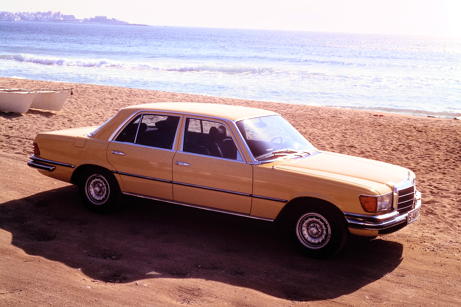
The 450 SEL 6.9 was expensive and thirsty, but faster than any other series production four-seater of its era.
Twice as expensive as a 350 SE, the Mercedes-Benz 450 SEL 6.9 proved to be an even bigger success than the 6.3. In a little over four years, 7380 of the world's fastest four-door, four-seat production car were built. Production ended with the advent of the W126 S-class in 1980, a time of growing uncertainly about oil supplies - which may explain why the 6.9 was never directly replaced. Its spirit lived on in later epic Mercs like the 500E.
Formula 1 drivers certainly took to it - many of them had 6.9s as private cars, regardless of the name on the cars they drove professionally - and so did motoring journalists. Brock Yates took one of the first US-spec 6.9s on a 1600-mile road trip from Manhattan to Georgia and back, taking in 40 hot laps of the punishing Road Atlanta race track along the way. The Mercedes never missed a beat. In the UK, CAR magazine pitted the 6.9 against the best that Rolls-Royce, Cadillac and (Jaguar-owned) Daimler could offer, concluding that the Mercedes was "a driving machine, a truly superb sports saloon conceived and developed by skilful and enthusiastic drivers for skilful and enthusiastic drivers". CAR correspondent Ronald Barker called it a "geniune four-door four-seater hard-topped air-conditioned racing car."
The 6.9 also earned its place in film history - or to be precise, two places. The notorious French short film C'Etait un Rendezvous, a 9-minute thrash through the streets of Paris as seen from a bumper-mounted camera, was shot from director Claude Lelouch's 6.9 (not, as the soundtrack might have you believe, from a Ferrari). Years later a 6.9 popped up in the Robert De Niro film Ronin, where the venerable 20-year-old Merc held its own against much younger iron.
By modern standards the 6.9 is a dinosaur. It's a gas-guzzling, irrelevant, relic of time when fuel was cheap and performance was king. But it showed that there was a healthy market for a practical performance car, even if it was expensive - and it showed just what Mercedes-Benz could achieve when its engineers were given a free reign.
- Written by {ga=Andrew}
- Category: Features
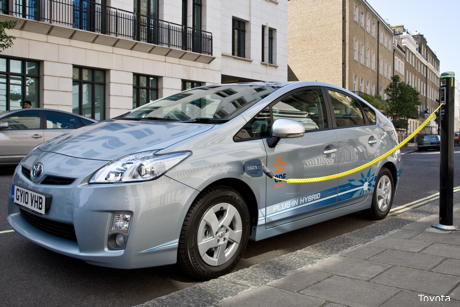 Toyota and EDF Energy have released statistics from their trial of Prius plug-in hybrids in London. Here are the numbers.
Toyota and EDF Energy have released statistics from their trial of Prius plug-in hybrids in London. Here are the numbers.
- Written by {ga=Andrew}
- Category: Features
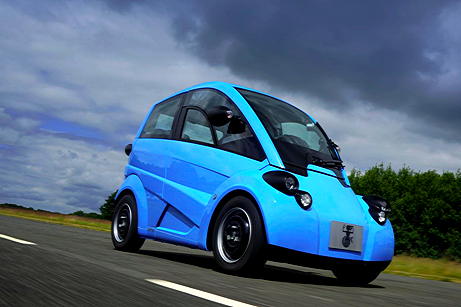 Fresh from its public unveiling last week, here's Gordon Murray's T.27 electric car in numbers.
Fresh from its public unveiling last week, here's Gordon Murray's T.27 electric car in numbers.
- Written by {ga=Andrew}
- Category: Features
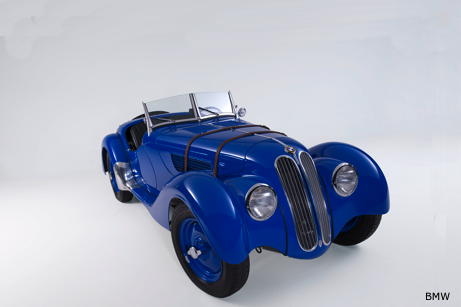 Pre-war BMW was the first modern sports car, with advanced chassis design, innovative aerodynamics and a clever six-cylinder engine.
Pre-war BMW was the first modern sports car, with advanced chassis design, innovative aerodynamics and a clever six-cylinder engine.
- Written by {ga=Andrew}
- Category: Features
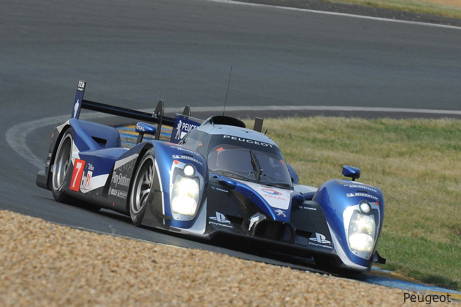 We celebrate this weekend's Le Mans 24-hour race with a selection of essential stats
We celebrate this weekend's Le Mans 24-hour race with a selection of essential stats
